

The two stadiums

The National Hockey Stadium in Milton Keynes was used by England Hockey as their national stadium from 1995 to 2003 and became the home of Wimbledon Football Club from September 2003 until June 2004, following the move to Milton Keynes, and, after the club's rebranding as Milton Keynes Dons, until May 2007.
The club moved in during 2003, converted the synthetic pitch to grass and added additional stands and seating (with up to 9,000 seats). The first game in the NHS was a 2-2 Division 1 draw against Burnley in front of a 5,639 crowd on 27 September 2003. Wimbledon got two yellow cards and Burnley four, with their centre back David May being sent off for a second bookable offence.
The club moved in during 2003, converted the synthetic pitch to grass and added additional stands and seating (with up to 9,000 seats). The first game in the NHS was a 2-2 Division 1 draw against Burnley in front of a 5,639 crowd on 27 September 2003. Wimbledon got two yellow cards and Burnley four, with their centre back David May being sent off for a second bookable offence.
Adjacent to the home supporters stand (known as "The Cowshed"), a small herd of Concrete Cows stood “grazing”.On several occasions, the cows were “mooved” by fans to make them look as if they were mating.
The final game at the NHS was a 2-1 defeat to Shrewsbury Town on 18th May 2007 in the second leg of the League 1 playoffs, with a crowd of 8,212.
In October 2008, English Partnerships, the owners of the site, announced an agreement with Network Rail to make the site available for a new headquarters building, which meant the demolition of the stadium.
This began on 17 December 2009, and the site was cleared by March 2010. The Network Rail HQ opened in June 2012 and now houses 3,000 staff.
The final game at the NHS was a 2-1 defeat to Shrewsbury Town on 18th May 2007 in the second leg of the League 1 playoffs, with a crowd of 8,212.
In October 2008, English Partnerships, the owners of the site, announced an agreement with Network Rail to make the site available for a new headquarters building, which meant the demolition of the stadium.
This began on 17 December 2009, and the site was cleared by March 2010. The Network Rail HQ opened in June 2012 and now houses 3,000 staff.
The National Hockey Stadium 2003-2007
Stadium:MK
From the first days of Milton Keynes as a new town, designated in 1967, the Milton Keynes Development Corporation (1967–1992) envisaged a stadium capable of accommodating a top-flight football team.
What would become Stadium:MK was first proposed in 2000 by the Milton Keynes Stadium Consortium, led by Pete Winkelman and his company Inter MK Group. This consortium proposed a large development which included a 30,000-capacity football stadium, a 150,000-square-foot (13,935 sq m) Asda hypermarket, an IKEA store, a hotel, a conference centre and a retail park.
Asda paid Inter MK £35 million for its section of the site and IKEA £24 million. Ground was broken on the stadium in February 2005. In December of that year MK Dons set a target of playing at the new ground by January 2007.
In February 2007 they revised their proposal to a 22,000-seater stadium ready in July of that year, with provision for expansion to 32,000 (it had originally been intended to seat 30,000).
The new ground hosted its first match in July 2007, a match against a Chelsea XI, which resulted in a 4–3 win for the home side. Later in July an England Legends XI took on a World Legends XI in a match in memory of the late England footballer Alan Ball.
MK Dons played their first League game there on 11 August, losing 2-1 to Bury in front of 7,740 fans. Four months later, on 29 November 2007, it was officially opened by the Queen.
The stadium was designed by Populous, a global architectural firm specialising in the design of sports facilities, arenas and convention centres whose projects have included Arsenal’s Emirates Stadium, Wembley Stadium (in a joint project with Foster and Partners), Benfica’s Estádio da Luz in Lisbon and the expansion of the City of Manchester Stadium in 2015, as well as the new grounds for Tottenham Hotspur and Queens Park Rangers.
Stadium:MK currently has two tiers which hold a capacity of 30,500. Should it be required, there is the option to increase the capacity of the stadium again to 45,000 with the addition of a third tier, hence the high roof. The design will comply with UEFA's Elite Stadium specifications and includes a Desso GrassMaster playing surface.
The stadium has hosted several England Under-21 internationals, as well as the 2015 Women’s FA Cup Final between Arsenal and Everton.
It occasionally hosts Rugby Union matches as well. The first time was in May 2008, when Saracens (who at the time groundshared with Watford FC at Vicarage Road) played Bristol in Milton Keynes because Watford needed their ground for a Championship play-off.
In 2011, Northampton Saints used the ground for their Heineken Cup quarter and semi-final matches because their home ground is too small for major events. And the stadium hosted three matches in the 2015 Rugby World Cup, including the match between Fiji and Uruguay which set a new stadium attendance record, with 30,048 in attending.
The South stand of the stadium is known as the Cowshed, as Milton Keynes is renowned for its Concrete Cows. This nickname was also used for the home end at the National Hockey Stadium.
The North stand houses the Away supporters and is known by Dons fans as the Boycott End, after the famous boycott by AFC Wimbledon supporters of the first-ever fixture between the two clubs which resulted in more than 3,000 AFC fans coming to the game, roughly equivalent to their average home gate. The side stands are known for the direction in which they are from the pitch (East and West),
The complex also includes the Marshall Arena, a 3,420 square metre (36,800 sq ft) multi-use event space with three floors, which is used for music and sporting events, conferences and exhibitions and parties. It officially opened on 8 February 2014, when it hosted the 2014 English National Badminton Championships.
What would become Stadium:MK was first proposed in 2000 by the Milton Keynes Stadium Consortium, led by Pete Winkelman and his company Inter MK Group. This consortium proposed a large development which included a 30,000-capacity football stadium, a 150,000-square-foot (13,935 sq m) Asda hypermarket, an IKEA store, a hotel, a conference centre and a retail park.
Asda paid Inter MK £35 million for its section of the site and IKEA £24 million. Ground was broken on the stadium in February 2005. In December of that year MK Dons set a target of playing at the new ground by January 2007.
In February 2007 they revised their proposal to a 22,000-seater stadium ready in July of that year, with provision for expansion to 32,000 (it had originally been intended to seat 30,000).
The new ground hosted its first match in July 2007, a match against a Chelsea XI, which resulted in a 4–3 win for the home side. Later in July an England Legends XI took on a World Legends XI in a match in memory of the late England footballer Alan Ball.
MK Dons played their first League game there on 11 August, losing 2-1 to Bury in front of 7,740 fans. Four months later, on 29 November 2007, it was officially opened by the Queen.
The stadium was designed by Populous, a global architectural firm specialising in the design of sports facilities, arenas and convention centres whose projects have included Arsenal’s Emirates Stadium, Wembley Stadium (in a joint project with Foster and Partners), Benfica’s Estádio da Luz in Lisbon and the expansion of the City of Manchester Stadium in 2015, as well as the new grounds for Tottenham Hotspur and Queens Park Rangers.
Stadium:MK currently has two tiers which hold a capacity of 30,500. Should it be required, there is the option to increase the capacity of the stadium again to 45,000 with the addition of a third tier, hence the high roof. The design will comply with UEFA's Elite Stadium specifications and includes a Desso GrassMaster playing surface.
The stadium has hosted several England Under-21 internationals, as well as the 2015 Women’s FA Cup Final between Arsenal and Everton.
It occasionally hosts Rugby Union matches as well. The first time was in May 2008, when Saracens (who at the time groundshared with Watford FC at Vicarage Road) played Bristol in Milton Keynes because Watford needed their ground for a Championship play-off.
In 2011, Northampton Saints used the ground for their Heineken Cup quarter and semi-final matches because their home ground is too small for major events. And the stadium hosted three matches in the 2015 Rugby World Cup, including the match between Fiji and Uruguay which set a new stadium attendance record, with 30,048 in attending.
The South stand of the stadium is known as the Cowshed, as Milton Keynes is renowned for its Concrete Cows. This nickname was also used for the home end at the National Hockey Stadium.
The North stand houses the Away supporters and is known by Dons fans as the Boycott End, after the famous boycott by AFC Wimbledon supporters of the first-ever fixture between the two clubs which resulted in more than 3,000 AFC fans coming to the game, roughly equivalent to their average home gate. The side stands are known for the direction in which they are from the pitch (East and West),
The complex also includes the Marshall Arena, a 3,420 square metre (36,800 sq ft) multi-use event space with three floors, which is used for music and sporting events, conferences and exhibitions and parties. It officially opened on 8 February 2014, when it hosted the 2014 English National Badminton Championships.
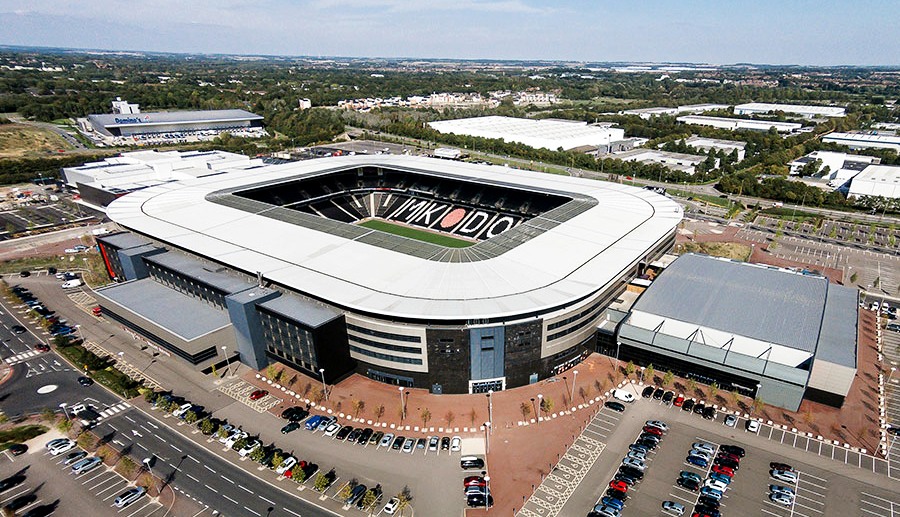

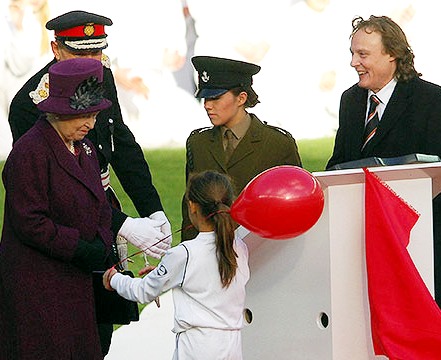
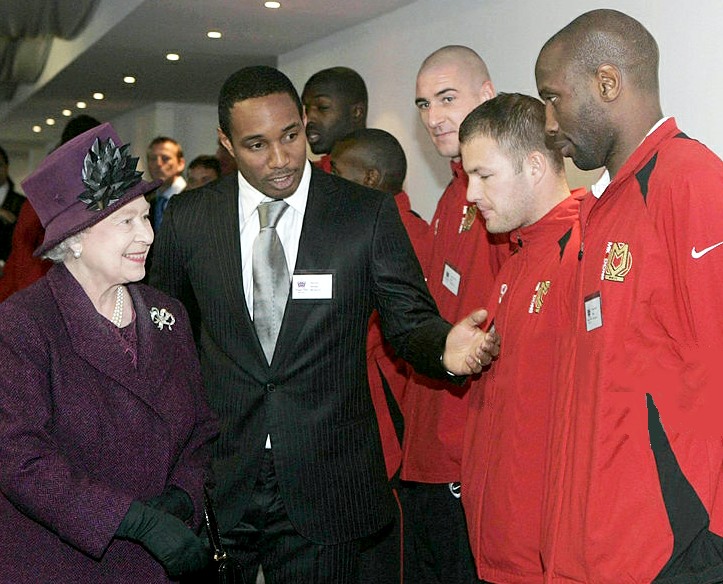
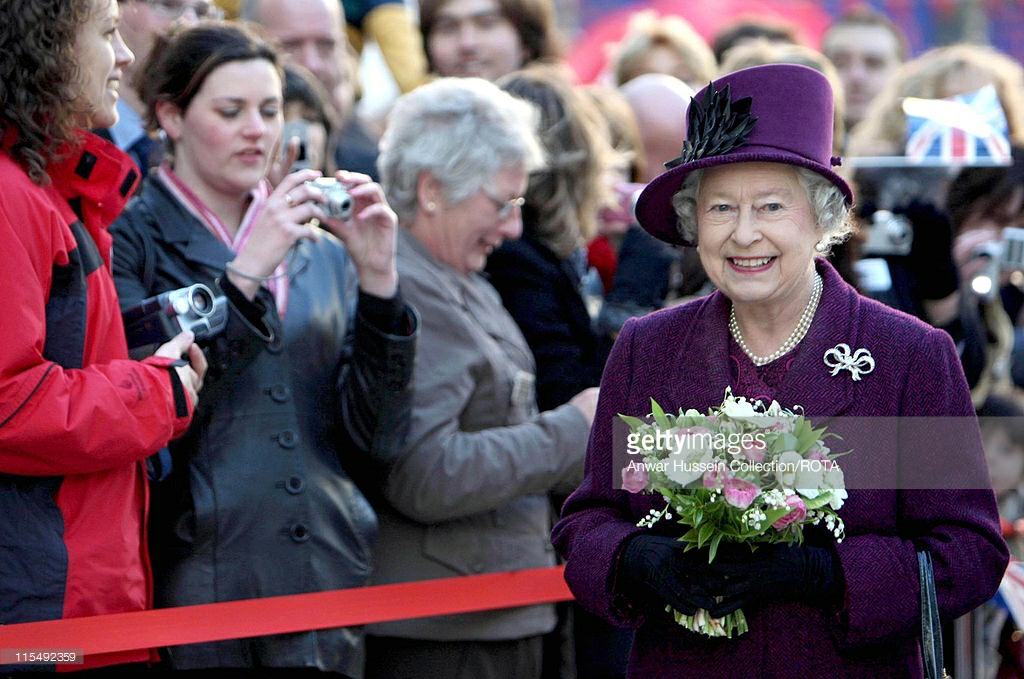
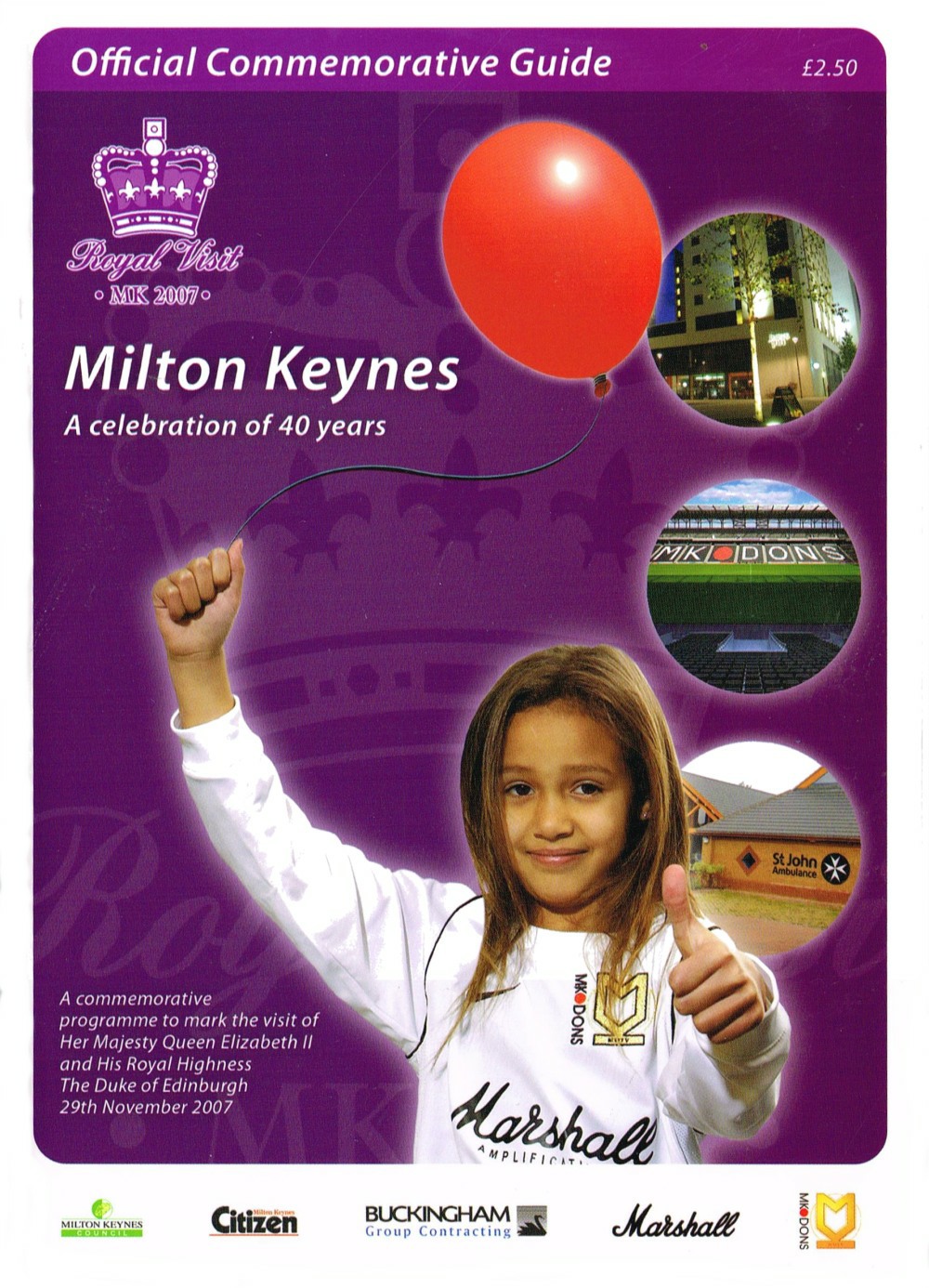
PACKED: Almost 27,000 fans watched the Dons beat Manchester United 4-0 on 26 August 2014
ROYAL OCCASION: Stadium:MK was officially opened by the Queen on 29 November 2007
Building the new Stadium
The MK Dons Supporters Association Archive

Website created, designed and researched by Russell Forgham
2015-20 with the assistance of David Gundry
2015-20 with the assistance of David Gundry